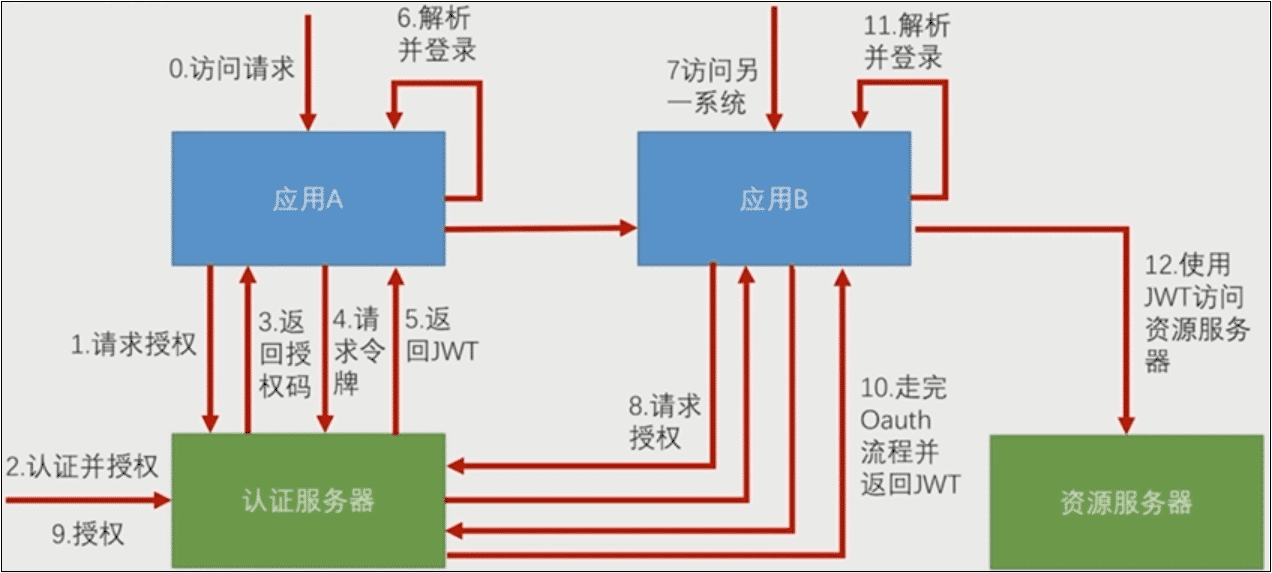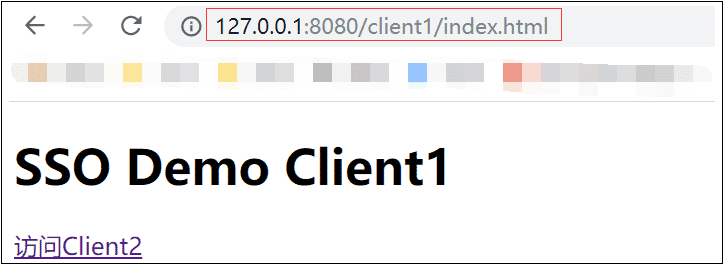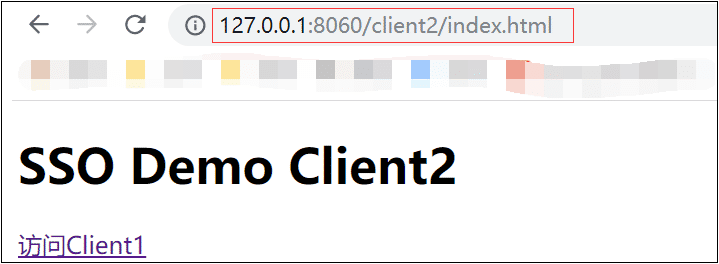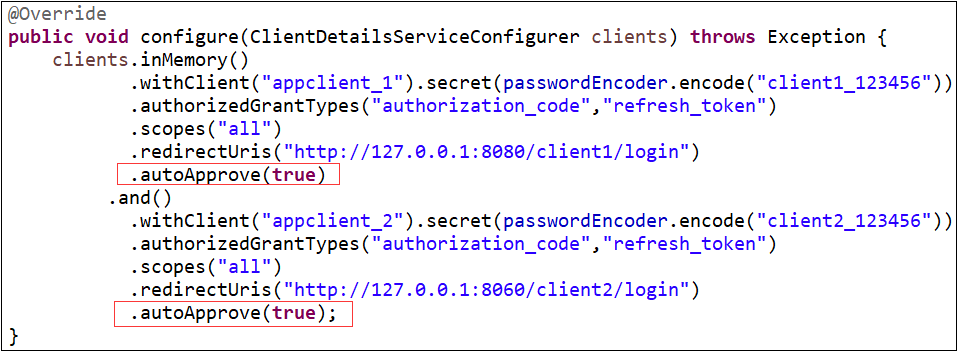您好,登錄后才能下訂單哦!
您好,登錄后才能下訂單哦!
這篇文章主要介紹JWT實現SSO單點登錄的流程步驟,文中示例代碼介紹的非常詳細,具有一定的參考價值,感興趣的小伙伴們一定要看完!
一、基于JWT實現SSO單點登錄原理
1、什么是單點登錄
所謂單點登錄就是有多個應用部署在不同的服務器上,只需登錄一次就可以互相訪問不同服務器上的資源。
2、單點登錄流程

當一個訪問請求發給應用A,如果這個請求需要登錄以后才能訪問,那么應用A就會向認證服務器請求授權,這時候就把用戶引導到認證服務器上。用戶在認證服務器上完成認證并授權。認證授權完成后,認證服務器返回給應用A一個授權碼,應用A攜帶授權碼到認證服務器請求令牌,認證服務器返回應用A一個JWT,應用A解析JWT里面的信息,完成登錄。這是一個標準的OAuth3的授權碼流程。
走完認證流程后,給出去的JWT實際上里面包含的就是當前用戶在認證服務器上登錄以后用戶的認證信息,應用A解析JWT后,自己生成一個經過認證的Authentication放到它的SpringSecurity和SecurityContext里面。
當訪問應用服務器B的時候,同樣引導用戶去認證服務器請求授權(不需要登錄),用戶授權可以用登錄的信息去訪問應用B,后面同樣是授權碼流程,返回JWT給應用B。兩個應用返回不同的JWT,但是解析出的信息是一樣的。
二、實現單點登錄
1、父工程(sso-demo)
1)pom.xml
<dependencyManagement>
<dependencies>
<dependency>
<groupId>org.springframework.boot</groupId>
<artifactId>spring-boot-dependencies</artifactId>
<version>2.0.4.RELEASE</version>
<type>pom</type>
<scope>import</scope>
</dependency>
<dependency>
<groupId>org.springframework.security.oauth.boot</groupId>
<artifactId>spring-security-oauth3-autoconfigure</artifactId>
<version>2.1.3.RELEASE</version>
</dependency>
<dependency>
<groupId>org.springframework.security</groupId>
<artifactId>spring-security-jwt</artifactId>
<version>1.0.10.RELEASE</version>
</dependency>
</dependencies>
</dependencyManagement>2、認證服務(sso-server)
1)pom.xml
<dependency> <groupId>org.springframework.boot</groupId> <artifactId>spring-boot-starter-web</artifactId> </dependency> <dependency> <groupId>org.springframework.boot</groupId> <artifactId>spring-boot-starter-security</artifactId> </dependency> <dependency> <groupId>org.springframework.security.oauth.boot</groupId> <artifactId>spring-security-oauth3-autoconfigure</artifactId> </dependency> <dependency> <groupId>org.springframework.security</groupId> <artifactId>spring-security-jwt</artifactId> </dependency>
2)application.properties
server.port = 9999
server.servlet.context-path = /server
3)WebSecurityConfig.java
@EnableWebSecurity
@Configuration
public class WebSecurityConfig extends WebSecurityConfigurerAdapter{
@Override
protected void configure(HttpSecurity http) throws Exception {
http.httpBasic().and().csrf().disable();
}
@Bean
public PasswordEncoder passwordEncoder() {
return new BCryptPasswordEncoder();
}
}4)MyUserDetailsService.java
@Component
public class MyUserDetailsService implements UserDetailsService{
@Autowired
private PasswordEncoder passwordEncoder;
@Override
public UserDetails loadUserByUsername(String username) throws UsernameNotFoundException {
System.out.println("登錄用戶名:"+username);
String password = passwordEncoder.encode("123456");
return new User(username,password,true,true,true,true,
AuthorityUtils.commaSeparatedStringToAuthorityList("all"));
}
}5)SsoAuthorizationServerConfig.java
@Configuration
@EnableAuthorizationServer
public class SsoAuthorizationServerConfig extends AuthorizationServerConfigurerAdapter {
@Autowired
private PasswordEncoder passwordEncoder;
@Override
public void configure(ClientDetailsServiceConfigurer clients) throws Exception {
clients.inMemory()
.withClient("appclient_1").secret(passwordEncoder.encode("client1_123456"))
.authorizedGrantTypes("authorization_code","refresh_token")
.scopes("all")
.redirectUris("http://127.0.0.1:8080/client1/login")
.and()
.withClient("appclient_2").secret(passwordEncoder.encode("client2_123456"))
.authorizedGrantTypes("authorization_code","refresh_token")
.scopes("all")
.redirectUris("http://127.0.0.1:8060/client2/login");
}
@Override
public void configure(AuthorizationServerEndpointsConfigurer endpoints) throws Exception {
endpoints.tokenStore(jwtTokenStore()).accessTokenConverter(jwtAccessTokenConverter());
}
@Override
public void configure(AuthorizationServerSecurityConfigurer security) throws Exception {
security.tokenKeyAccess("isAuthenticated()");//訪問tokenKey(秘鑰shxiang)的時候需要身份認證
}
@Bean
public TokenStore jwtTokenStore() {
return new JwtTokenStore(jwtAccessTokenConverter());
}
@Bean
public JwtAccessTokenConverter jwtAccessTokenConverter() {
JwtAccessTokenConverter accessTokenConverter = new JwtAccessTokenConverter();
accessTokenConverter.setSigningKey("shxiang");//設置秘鑰
return accessTokenConverter;
}
}6)SsoServerApplication.java
@SpringBootApplication
public class SsoServerApplication {
public static void main(String[] args) {
SpringApplication.run(SsoServerApplication.class, args);
}
}3、應用1(sso-client1)
1)pom.xml,同上
2)application.properties
security.oauth3.client.client-id = appclient_1 security.oauth3.client.client-secret = client1_123456 security.oauth3.client.user-authorization-uri = http://127.0.0.1:9999/server/oauth/authorize security.oauth3.client.access-token-uri = http://127.0.0.1:9999/server/oauth/token security.oauth3.resource.jwt.key-uri = http://127.0.0.1:9999/server/oauth/token_key server.port=8080 server.servlet.context-path =/client1
3)index.html
<!DOCTYPE html> <html> <head> <meta charset="UTF-8"> <title>SSO Client1</title> </head> <body> <h2>SSO Demo Client1</h2> <a href="http://127.0.0.1:8060/client2/index.html" rel="external nofollow" >訪問Client2</a> </body> </html>
4)SsoClient1Application.java
@SpringBootApplication
@RestController
@EnableOAuth3Sso
public class SsoClient1Application {
public static void main(String[] args) {
SpringApplication.run(SsoClient1Application.class, args);
}
@GetMapping("/user")
public Authentication user(Authentication user) {
return user;
}
}4、應用2(sso-client2)
1)pom.xml,同上
2)application.properties,類比應用1修改
3)index.html,類比應用1修改
4)SsoClient2Application.java,同上
5、測試
1)瀏覽器輸入:127.0.0.1:8080/client1/index.html

2)用戶名隨便輸入,密碼輸入123456

3)點擊Authorize

4)點擊超級鏈接訪問Client2

5)點擊Authorize

認證成功,后面點擊兩個超級鏈接可以任意訪問,無需登錄 、無需點擊Authorize。
注意:
1)雖是同一用戶,但是訪問http://127.0.0.1:8080/client1/user和http://127.0.0.1:8060/client2/user獲取的Token值不一樣。
2)實現跳過授權,登錄后直接訪問,修改如下代碼:

3)表單登錄與httpBasic登錄,修改WebSecurityConfig.java中configure方法
httpBasic登錄:http.httpBasic().and().csrf().disable();
表單登錄:http.formLogin().and().authorizeRequests().anyRequest().authenticated();
4)重點:瀏覽器訪問要用127.0.0.1不要用localhost。要設置應用路徑server.servlet.context-path =/xxxx,不能直接到端口號。
以上是JWT實現SSO單點登錄的流程步驟的所有內容,感謝各位的閱讀!希望分享的內容對大家有幫助,更多相關知識,歡迎關注億速云行業資訊頻道!
免責聲明:本站發布的內容(圖片、視頻和文字)以原創、轉載和分享為主,文章觀點不代表本網站立場,如果涉及侵權請聯系站長郵箱:is@yisu.com進行舉報,并提供相關證據,一經查實,將立刻刪除涉嫌侵權內容。